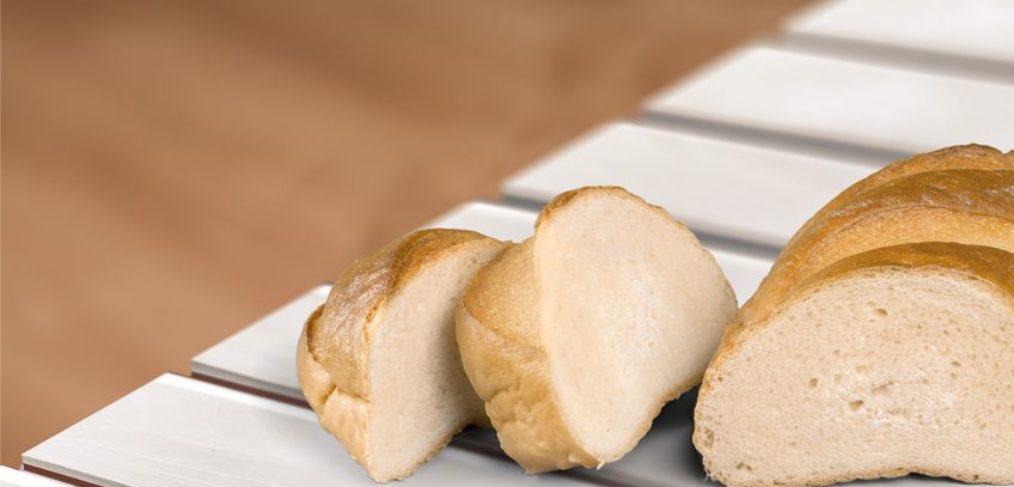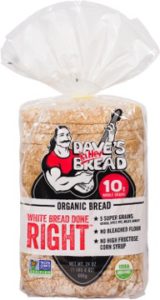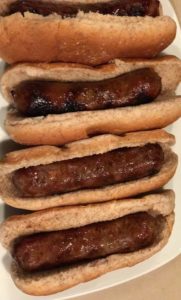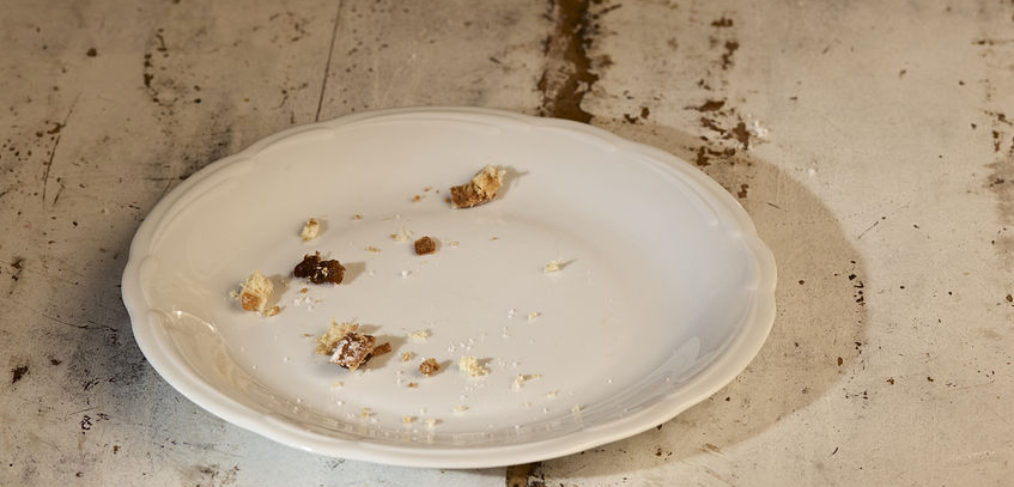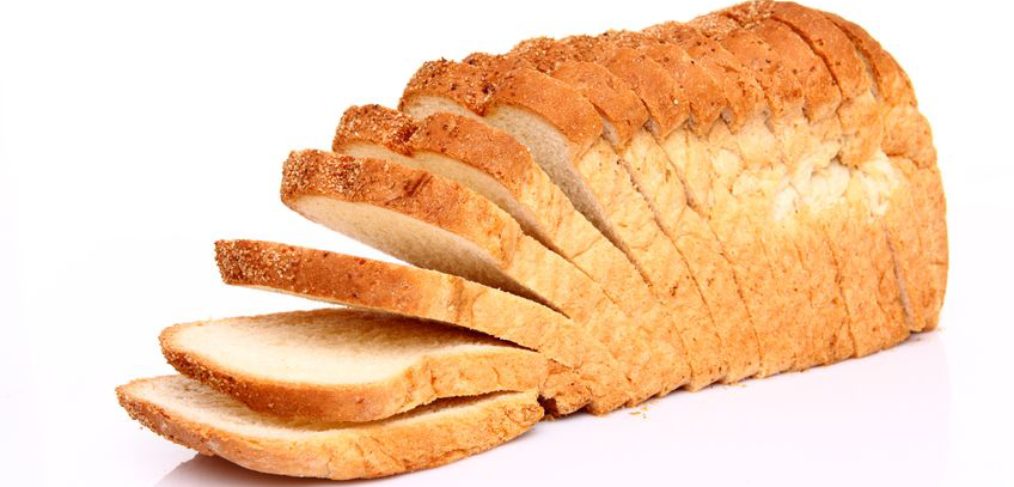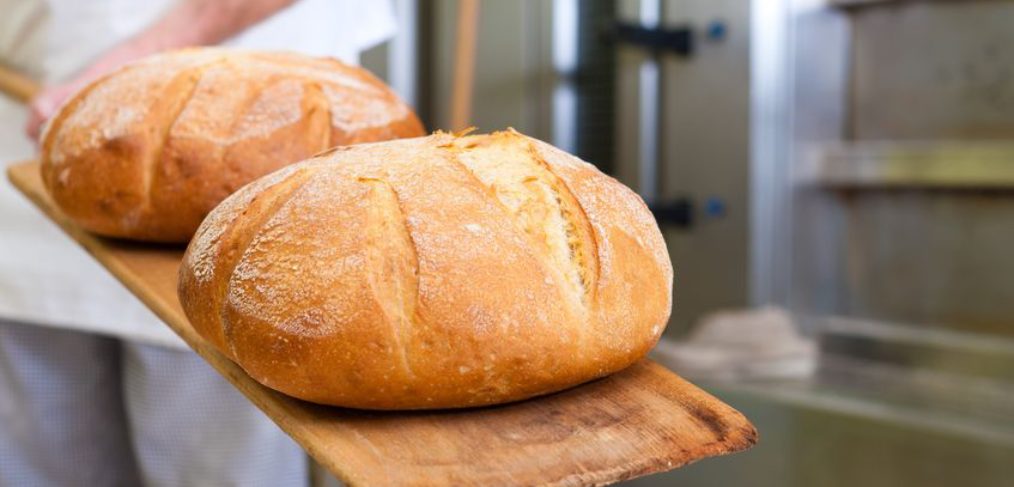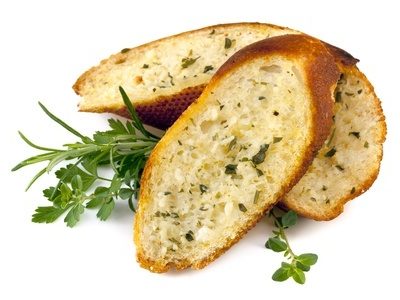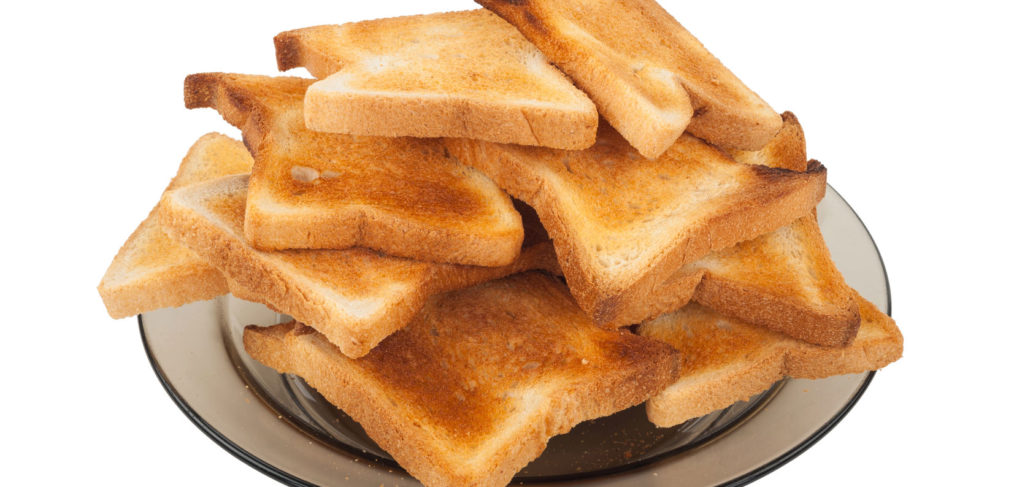There is nothing quite like the soft, squishy texture of commercial white bread. These days your friends would call the food police if they found a loaf of brightly packaged white bread sitting on your kitchen counter. “Sally, step away from the loaf and put your butter knife down!”
White bread ranks highest of all the evils of bread consumption for being unhealthy.
But did you know you can still enjoy the doughy goodness of white bread with better nutritional value?
Not all white bread is created equal. If you want the best version, check the ingredient label for white whole wheat flour. The basis of good bread is flour. White whole wheat flour is not a bleached version of whole wheat flour; i.e., it is not the same as the white refined flour that many are trying to avoid. It is a flour made from grinding the entire hard white wheat kernel. You get all the fiber, vitamins and nutrients of the whole grain.
Let’s look at a nutritional comparison of three types of flour:
| Flour | Calories | Fat | Carbs | Fiber | Sugars | Protein | Iron | Magnesium | Phosphorus | Enriched |
| Whole wheat | 140 | 1g | 27g | 5g | 1g | 7g | 10% | 15% | 15% | |
| White whole wheat | 130 | 0.5g | 27g | 9g | 0g | 4g | 8% | 10% | 10% | |
| Enriched white | 100 | 0g | 22g | <1g | <1g | 3g | 6% | 10%/ 6%/ 8%/ 10% |
Serving size is ¼ cup of flour.
From the table we can see that, nutritionally speaking, none of these flours is high in fat or sugar. I was surprised to see that the white whole wheat has a slightly higher fiber content than the other two. The enriched flour started as a red wheat berry that was milled and refined, removing the bran and germ. We started milling the flour this way to achieve a finer-texture grain and to improve the shelf life of the flour.
You have probably noticed that whole grain bread has a coarser texture than billowy white bread. Unfortunately, all of this processing removes fiber, iron, and B vitamins, which are then added back as thiamin, riboflavin, niacin, and folic acid. Many health issues point to refined white flour as the culprit. Its ease of digestibility due to lack of fiber is also to blame for blood sugar spikes.
Bakers are always innovating ways to keep bread in vogue. More whole grain breads line the supermarket shelves with seeds, nuts, and ancient grains. For those of us who just really loved white bread but were told to consume it with caution in order to stay thin and healthy, white whole wheat may be the answer.
Now we can choose the latest trend in the whole grain bread aisle — white whole grain bread!
If you want to learn more about whole grains, refined grains and healthy diet choices, check out choosemyplate.gov.
To read about baking with whole wheat flour, enriched flour, or white whole wheat flour, head over to BAKERpedia for all things baking-related.


